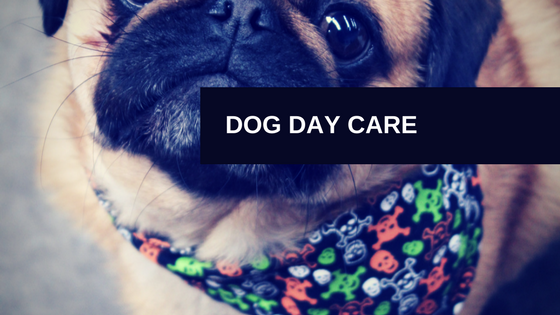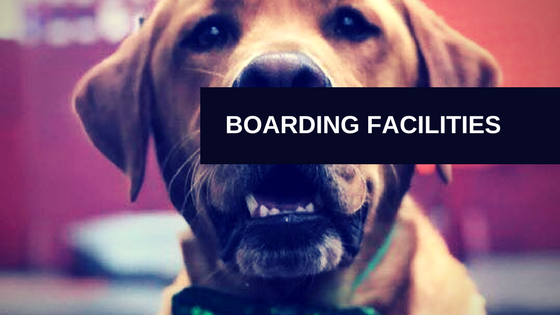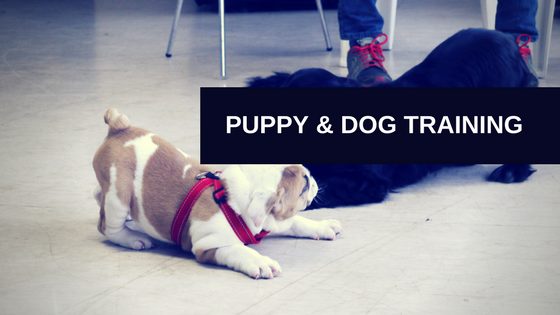Recent media attention on dog walking services has highlighted the issue of quality of care and service provided by dog walking companies. Specifically, the issues of (1) transparency about whether the quality of care and service that you’ve been promised by the service provider is consistently provided, and (2) as an owner, how do you really know if your seemingly quiet, tired dog is that way because of a stimulating, fun filled adventure, or is depressed because of a stressed filled outing in which the dog has spent time in fear.
Dog walking in New Zealand is an unregulated and unlicensed industry. Instead, the industry is self-regulated by the dog care provider. This leaves a vast range of ‘quality of care’ options depending on the integrity of the service provider. Consistently providing the highest standard of care and running an economically viable business are not mutually exclusive. However, the lucrative nature of the business, with few external controls lead some providers to primarily focus on profit once a devoted dog owner has signed up- and kept so by the regular photo postings of Fido against a back drop of a beach or bush.
As a pet care professional, with the goal of providing the highest standard of care, and as an advocate for regulation of the dog care industry I address the two issues of concern highlighted by recent media attention below. My goal is to inform owners and provide a knowledge base on which to evaluate quality of care, and identify the signs of a tired happy dog from a stressed /depressed dog. In a similar way to other industries (e.g. fitness, diet) that in the past offered variable quality of advice and services, informed and knowledgeable consumers can, together with responsible pet care providers drive much needed change in the dog care industry.
Transparency in the Quality of Care and Service for Your Dog
Mostly dogs love their dog walking adventures and their walkers. For dog walkers that have an understanding of canine behaviour, and interact with a dog in a positive manner especially when dealing with a dog- – over excited, eager to get walking- akin to children on too much sugar – the dog grows to trust and bond with the walker. For these dogs, the daily/weekly walks are the highlight of the day. For a few, their daily collect by the dog walker can signal a very anxious and negative experience. Factors that contribute to a stressful experience include: oversized walking packs, low walker to dog ratio, inappropriately constructed groups, inadequate transport means or aversive walking methods. Aversive walking methods currently being used in New Zealand include tethering dogs together because some don’t want to walk- due to pain or age, the use of shock collars or physical force to enforce compliance. For instance, in Riverhead Auckland, a dog walker has been consistently sighted using a bamboo stick to hit dogs if they don’t stay behind and in line on a walk. Owners who use this service would be totally unaware that these methods are being used. It is imperative to opt for a force free walker who is up to date with the latest, humane training and management methods.
Standard and Nature of Communication
Most owners have left for work by the time their dog is collected for a walk and dropped back. Consequently, they do not have the opportunity to identify verbal or nonverbal (body language, gestures) behaviours, in either the walker or the dog that may indicate all is not well. Therefore, a critical, and much neglected factor in delivering a top quality dog walking service is that the provider have a communication policy. A good standard of practice is for your walker to communicate any issues they may notice while your dog is in their care. This communication maybe be in the form of a note, a text message, an email or a phone call.
Like us, dogs have their off days when they aren’t feeling their best. Dogs instinctively hide their pain- it’s a survival strategy in the canine world. By the time we notice that our dog is sick or in pain- because he’s limping or isn’t keen to eat- it’s likely that he’s already been sick for a while. Dogs communicate pain/ sickness very subtlety, through body language, vocalisations and behaviour change. I’ve personally experienced cases where the dog has disliked his/her walks purely due to health issues and how the exercise aggravates conditions such as arthritis
A walker knowledgeable about canine communication will be able to identify these early subtle signs. It is important that your walker is tune with your dog’s needs and is able to honestly and effectively communicate any issues including if your dog is not/is no longer suitable for their service
How Do You Know If Your Dog Consistently has a safe, happy time with the service provider?
The reaction of your dog to the dog walker when they arrive at your property is the first important sign to notice. Does the dog get excited and bound up to them? Or does the dog run the other way? I have a client whose dog meets me happily at the front gate each morning. In fact, he is usually waiting by the gate for my arrival. This same dog once ran inside, fearfully, when his previous dog walker arrived to collect him. Why? Because there were stress factors on his previous walks causing him to form a negative association with the dog walker, and consequently the walk. If it wasn’t for the fact this dog owner often works from home and gets to see her dog before and after his walks she may have never realised just how much her dog was not enjoying his previous walks.
We should first look to our dogs for answers about the walker and the walk. If you have a day home sick, don’t cancel that dog walk. Keep it booked in and then watch your dog’s reaction as the walker arrives. Watch your dog’s body language on pick up, and drop off. Look at your dogs (and the other dogs) body language on social media posts. What body language are the dogs displaying? Do they look happy, relaxed, aroused, fearful or shut down?
Signs of stress include (but are not limited to):
- Lip licking
- Yawning (when not tired)
- Look away
- Half moon eye (showing the whites of the eye)
- Tail between legs
- Body posture low
- Ears flat against head
- Excessive panting
- Avoidance
You can ask questions about your dog’s walk to the walker but in some cases the walker will tell you what you want to hear.
How Do You Know If Your dog walker is honestly communicating with you?
Science shows that, for the most part, our first, split-second judgments, impressions are remarkably accurate
Potential Signs of dishonest communication(not limited to):
- When asked a question that requires a detailed answer- the person will pause more, use nonfluencies (e.g., hesitates, delay) which can indicate that they have to think more about the story they are telling. Alternatively, the person speaks a bit faster than normal.
- Facial expression- we are all skilled at picking the ‘phoney smile’ that never ends!
- Eye contact- they may maintain less direct eye contact, look away, blink more often-a sign of increased anxiety
- Do the nonverbal behaviours they are communicating contradict or compliment what they are saying verbally?
- Gestures – shift posture, fidget, shrug their shoulders, etc – use gesture that indicate increased nervousness
You can’t buy loyalty, they say, I bought it though, the other day
You can’t buy friendships, tried and true- Well just the same, I bought that too.
I made my bid and on spot- Brought love and faith and a whole job lot
Of happiness, so all in all- The purchase price was pretty small
I bought a single trusting heart that gave devotion from the start
If you think these things are NOT FOR SALE
Buy a brown-eyed puppy with a wagging tail (unknown)
Together, dog owners, and responsible pet care providers can change the dog care industry.
Sincerely
Rhiannon Taylor
Complete Canine Care Ltd





